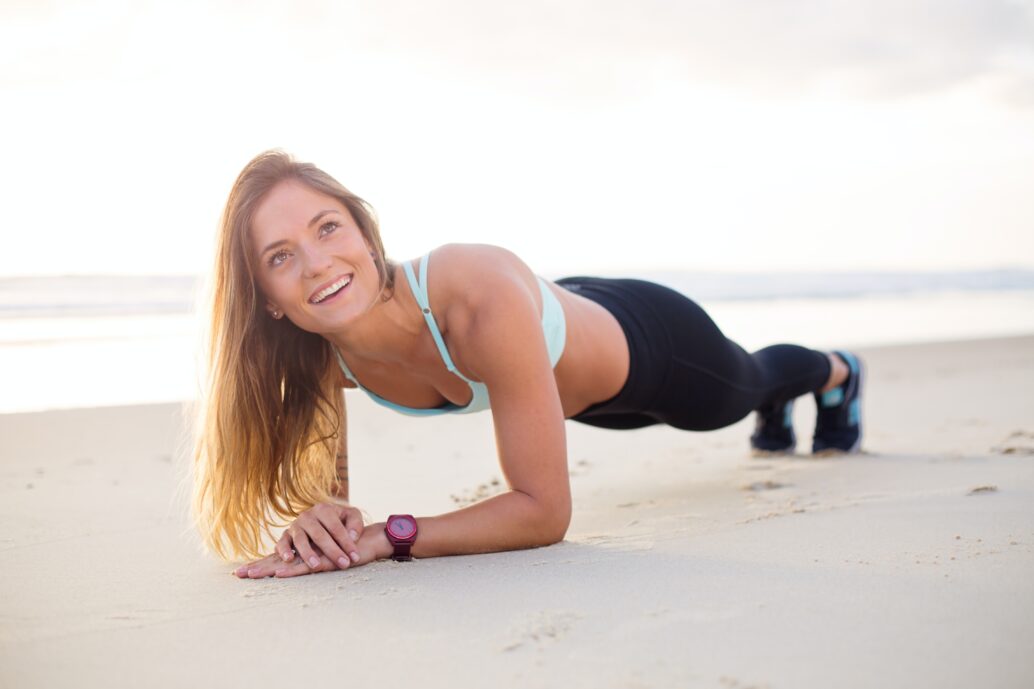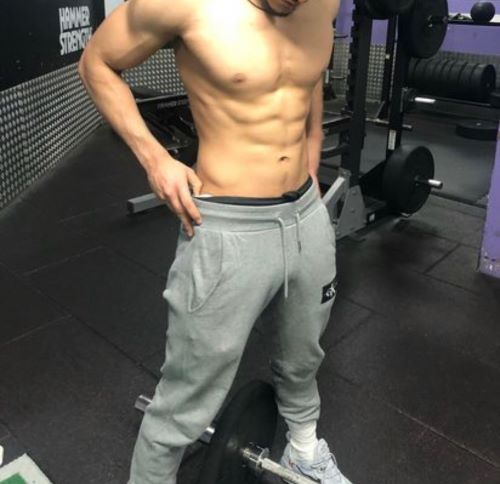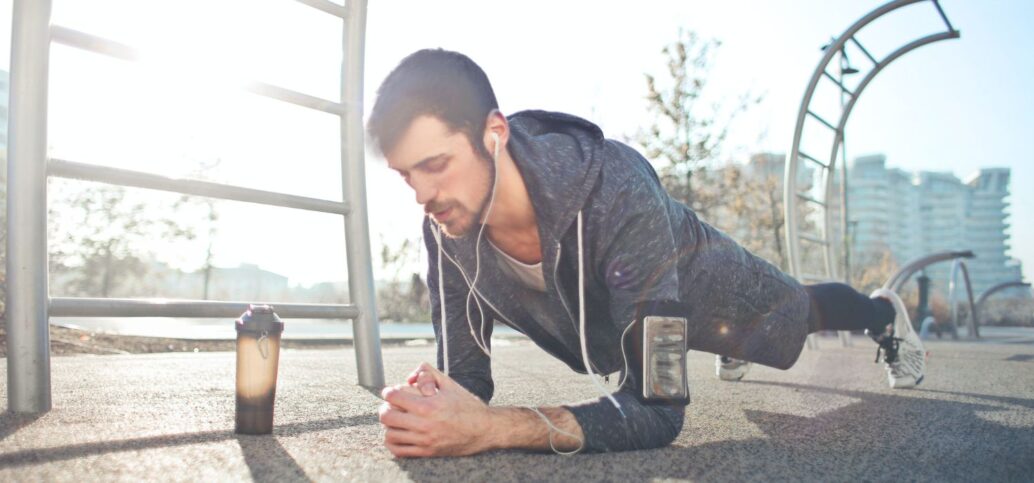When it comes to core exercises, the planks are one of the first exercises many will recommend, and many believe it’s enough to give you abs.
You will definitely feel the burn whilst doing planks, and it’s enough to build strong core muscles, and they’re great for stability. But are they enough to build abs?
While planks are great for building a strong core, unfortunately, planks usually aren’t enough for building six-pack abs. The best way to build visible abs is to have a strict diet.
What Do Planks Actually Do?

The plank is an isometric core exercise that strengthens multiple parts of your body. The parts include your spine, rhomboids, trapezius, and abs.
Planks are also great exercises for reducing the chance of injury, this is because they activate the core muscles with lower compressive forces. This will reduce the risk of injury.
And planks are proven to improve your overall performance, they will improve your capability to become more athletic. This means running, jumping and strength training will all be improved from planks.
So Do Planks Really Build Abs?

While planking will increase core strength, this doesn’t translate into having well-defined and sculpted abs. This is because your abdominal muscles are usually hidden behind a layer of fat.
In order to see your abs, you need to be lean enough, and this typically means being around 12% body fat. For women, you can get away with 16-19% of body fat, this is because their bodies are naturally more prone to storing fat.
Reducing body fat isn’t an easy task, and it requires you to be disciplined in many areas of your life. This includes having a controlled diet that promotes fat loss. Also, you need to be disciplined with your cardio exercises, so you burn fat at a faster rate.
Building Bigger Abs Requires Hypotrophy
Hypotrophy basically means a workout that ends at failure within a moderate time frame. If you’re already pretty strong with abs, then you could probably plank for an extended period of time, this won’t do anything for building bigger abs.
If you encounter this issue, you need to increase the intensity of your planks, and the best way to do this is to incorporate weights. What weights will do is push your body to the next level allowing you to achieve hypotrophy once again.
It is also known that isometric exercises build great stability. This type of strength is great and can help with squats. But to build better-looking abs, you need to work on the entire range of motion exercises such as leg raises. Planks unfortunately won’t help build better-looking abs.
Planks Vs Crunches – What’s Better For Building Abs?
For actually building abs, crunches may be better, this is because, unlike planks, crunches aren’t a static exercise meaning you have the ability to actually build larger abdominal muscles.
But like always, when you get good at a workout, they end up losing their intensity. So, you may have to move onto weighted planks once the regular planks become too easy.
While crunches are highly focused on the rectus abdominis muscle group, planks will work out a larger number of muscles, and these muscles include the rectus abdominis, transverse abdominis, and obliques. You may also feel the burn in your glutes, hip flexors, and lower black muscles.
Planks are also regarded as being better at burning calories compared to crunches, this is because planks work out more muscles compared to crunches. This is also good as it will help reduce belly fat due to the additional calorie burn.
Different Types Of Planks

Side Planks
Side planks are one of the best workouts when it comes to working out your abdominal muscles. This exercise will primarily target the obliques and the transverse abodminis which are integral muscles for core stability and posture.
Side planks will activate the entire core musculature, and they will also help strengthen the glutes and hip abducturs. Just like the regular plank, it is a static workout, so do not expect to build bigger muscles, it will mostly strengthen them.
Side planks will also help improve your balance and posture, this is an integral aspect of working out as a whole. This means you will reduce the chances of injury, and it will help with back pain.
Plank Jack
The plank jack is similar to the standard plank workout as it still trains the abdominal muscles. It is still an isometric workout training the same muscles such as the rectus abdominis, but it as a dynamic component to the plank which engages more muscle fibers.
The dynamic component involves you assuming the standard plank position with your feet shoulders apart. The participant is expected to jump their feet outwards and then back together whilst keeping the upper body completely static.
This will also build up muscular endurance as it requires the ab muscles to contract for an extended period of time whilst also burning more calories due to the dynamic component of the workout.
Plank Shoulder Taps
Similar to the plank jack, the plank shoulder tap is an abdominal strengthening exercise that utilizes both static and dynamic elements. It utilizes isometric contraction which derives from the participant remaining in a static position.
Due to the dynamic component of the plank shoulder taps, it will also help improve balance as you must consistently adjust your body to remain stable. Furthermore, it builds strength in your arms and shoulders which is great for upper body strength
Performing the plank shoulder tap is pretty simple, you first assume the standard plank position. Now the participant is expected to lift one hand off the ground and tap the opposite shoulder. Continue this pattern by alternating hands until you feel the burn.
Conclusion
In conclusion, due to the plank’s isometric nature, it may not be the best workout for building bigger abs for you to show off. But it will strengthen your overall core, and engage many muscles which are great for burning fat.
We recommend integrating the plank with other core workouts as having a strong core is important for a properly functioning body. You need a strong core for many of the workouts you’re going to perform in the gym such as squats.

